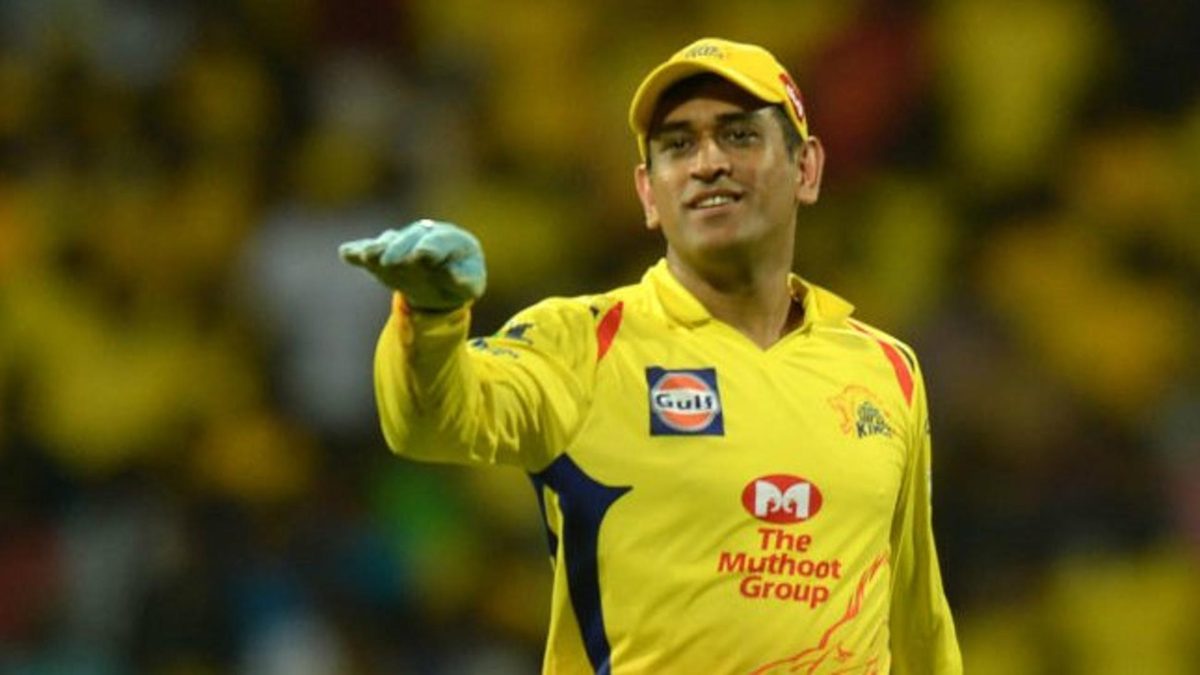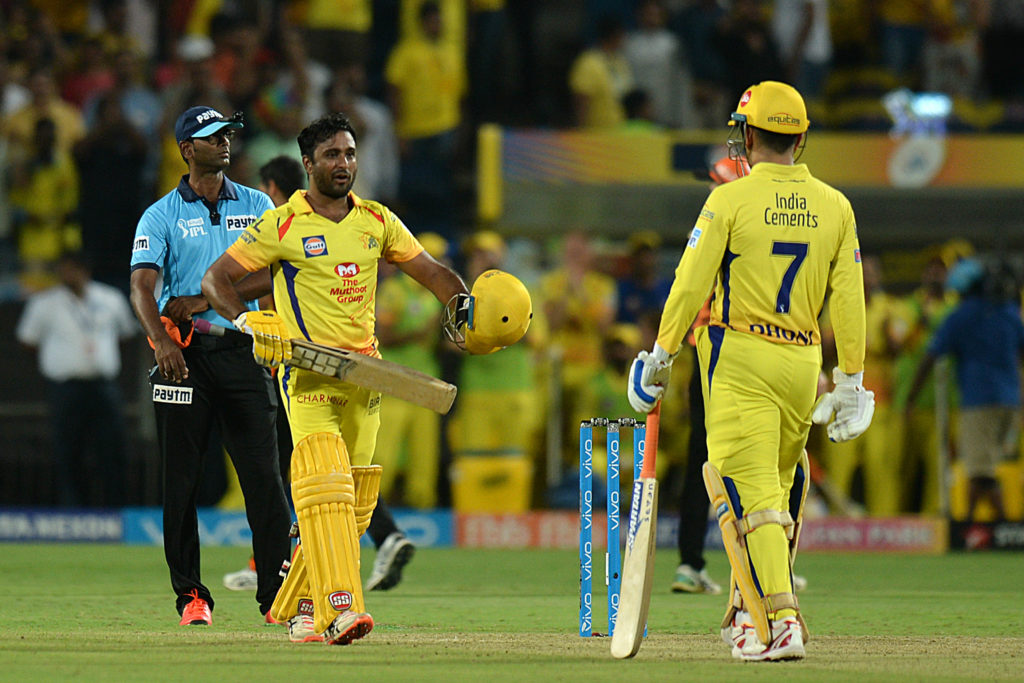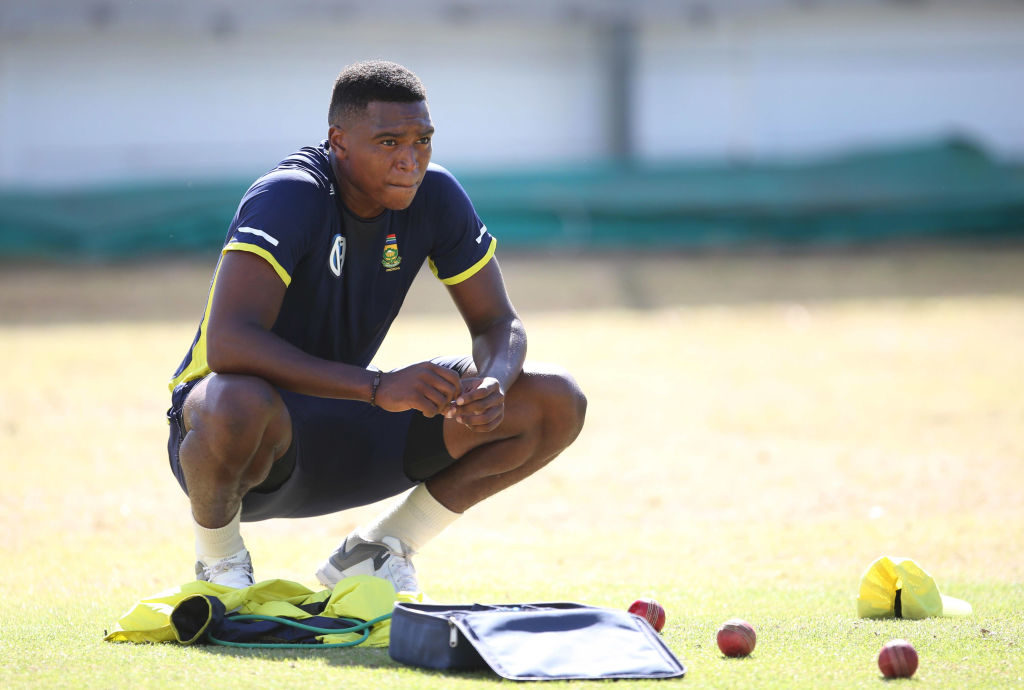
After the IPL 2018 auction in January, many wondered if it was sound logic for Chennai Super Kings to reunite their old, ageing core. The strategy at the time seemed motivated more by emotion than cricketing logic.
Four months later, here we are. Chennai are IPL 2018 champions, seeing off the next best team in the league – Sunrisers Hyderabad – by eight wickets in the final on Sunday. It was their third IPL triumph, and perhaps their sweetest, and it made for a trophy haul that puts them level with Mumbai Indians as IPL’s most successful side.
Here’s what worked for them.
Old players, new vigour
 Ambati Rayudu was among many Chennai players over 30 in impressive form
Ambati Rayudu was among many Chennai players over 30 in impressive form
The critics of Chennai’s ‘daddy-army strategy’ – they had a bunch of players over 30 – first said it was a coincidence, then there was indifference, and finally there was outright wonder and acceptance. In terms of form, Chennai’s old boys were all in the middle of purple patches that some thought were beyond them. Watson, Ambati Rayudu, Dwayne Bravo, Suresh Raina, Faf du Plessis and, of course, Mahendra Singh Dhoni himself. All contributed throughout the tournament, all stood up to be counted when it mattered most.
It’s not a coincidence that all these players came good when they did. It was down to the structure put in place by the management, including captain Dhoni, and Stephen Fleming, the coach. Of course, the sort of players picked at the auction was a factor too.
“It’s one thing to pick players who are a little bit older, but we looked at professionalism as well,” said Fleming. “Shane Watson has been outstanding, along with others, they look after themselves well.”
The Dhoni factor
For a few years now, Dhoni has been the target of critics. Even match-saving efforts weren’t enough to stave them off. But something about returning to Chennai brought back the best in the former India captain.
With the bat, he scored 455 runs in 15 innings, at a brilliant average of 75.83 and a strike rate of 150.66. His influence, as always, went beyond the numbers, though. His captaincy was as innovative as it ever was, a fact illustrated by his tactics in a crunch clash against Kings XI Punjab. Chennai needed to secure victory to confirm a top-two spot, but Punjab had them reduced to 27-3 within five overs in a chase of 154.
Dhoni, brilliantly as it turned out, inverted his middle order, sending in pinch-hitter Harbhajan Singh at three down. At the fall of the next wicket, it was young Deepak Chahar who walked in, rather than Bravo or Dhoni himself. The move completely flummoxed Punjab, and eventually, Chennai won by five wickets, with Dhoni finishing things off with a six.
It’s the sort of out-of-the-box thinking India will desperately miss when he eventually retires.
The kids are alright
 Lungi Ngidi returned an impressive 11 wickets in seven matches for Chennai
Lungi Ngidi returned an impressive 11 wickets in seven matches for Chennai
It wasn’t all about the oldies. Chennai had quite a few youngsters making impressive strides. Chahar turned out to be quite an all-rounder, picking up 10 wickets at a fine economy of 7.28, and scoring a crucial 20-ball 39 in that win against Punjab. Sam Billings impressed as well in the eight innings he batted in, scoring a match-winning 23-ball 56 against Kolkata Knight Riders in April.
There was Shardul Thakur, slowly coming into his own with a return of 16 wickets in 13 matches. But the most impressive of the lot was Lungi Ngidi. The 22-year-old South Africa paceman returned 11 wickets in just seven matches, at a lovely economy of 6.00.
Bunnies
Hard luck @SunRisers. You really played well, displayed quality team work and thoroughly deserved to be in the finals. You can proudly hold your heads high. pic.twitter.com/IWG7h9tGTb
— Sachin Tendulkar (@sachin_rt) May 27, 2018
Hyderabad proved more than a handful for almost everyone who played them. They finished atop the eight-team table, and were restricted to 18 points only because they took it easy after securing a play-off spot. They built a reputation for defending impossible totals, dismissing Mumbai Indians for 88 on one occasion. And in Rashid Khan, they had perhaps the most enigmatic and dangerous leggie in cricket in the game at the moment.
None of that mattered to Chennai. In four clashes between the two sides, including in the final, Chennai came out on top each time. It came in all manners too – first was a four-run victory, then a comprehensive eight-wicket triumph, another thrilling two-wicket win in Qualifier 1 before the comprehensive stroll in the final.
Take nothing away from Hyderabad, they were supreme. But they were Chennai’s bunnies.
Not quite home away from home
Chennai’s homecoming after a two-year ban lasted all of one match. Crowd trouble because of political reasons during the clash against Kolkata Knight Riders meant their matches were shifted out of MA Chidambaram Stadium in Chennai to Pune. That produced a quandary for the management.
Our support wherever we have been this year has been sensational but a special thank you to the people of Pune for adopting us so warmly this season. Winning your home games is vital#whistlepodupune
— Stephen Fleming (@SPFleming7) May 21, 2018
They had assembled a squad keeping in mind the spin-friendly track at the MA Chidambaram Stadium. The Pune venue was more friendly to the seamers. But, somehow, Dhoni, Fleming and Co. dug deep, adjusted the combination appropriately, and just kept on winning. No complaints, just a smile.
“I will admit moving from Chennai had quite an impact, given, at the auction table, we were picking a team to play in Chennai conditions,” Fleming said. “We had to scramble through the year to try and find a combination.
“We made more changes to the team than we usually would, just because we all of a sudden had to become a seam-based side and a little bit (less) spin. And that’s quite a big turnaround when you place your strategy to be a slow team with players who play spin well. So, I’m really proud of the way we adapted to that. I am proud of the way different individuals stood up at key times.”








